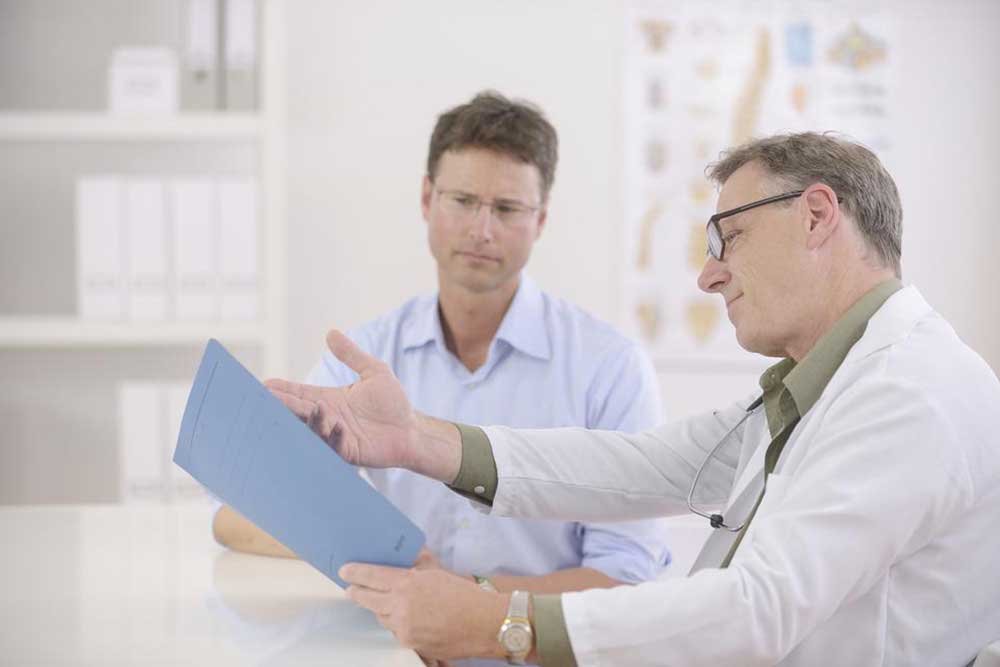Treatments for Common Bladder Control Problems
Before starting the treatment, it becomes really important to find out what type of urinary incontinence you are facing. Your doctor will start your treatment with a thorough physical examination of your body. He or she may also ask you to do some simple maneuvers that will indicate the incontinence. After finding out the exact cause of your problem and the type of problem you have, your bladder problem treatment will begin.

After the initial diagnosis your doctor will in most likelihood recommend the following:
- Urinalysis
A sample of your urine will be tested in order to see whether you have any signs of infection or traces of blood or any other abnormality. - Bladder Diary
You will be asked to keep a note on how much liquid you drink and how much urine you produce. Also, you have to notice that whether you had an urge to urinate or it is one of those incontinence periods. - Post-void Residual Measurement
You will be asked to urinate in a container which will measure your urine output. After that, your doctor will check how much urine is left in your bladder with the help of a catheter or an ultrasound test. If a large amount of urine is left in your bladder then it will indicate an obstruction while urinating or a problem with your urinal muscles or nerves.
If your doctor is not satisfied with these tests, then he or she may recommend more urinal tests such as pelvic ultrasound and urodynamic testing.
Treatment
Your bladder problem treatment will depend on the type of problem you have according to its incontinence, underlying reasons, and severity. A combination of treatments is required and if there is an underlying cause then the doctor will look to heal that condition first. After seeing your condition, your doctor is more likely to recommend:
- Bladder training
This treatment of this bladder problem, you will be asked to delay urination after you get an urge to urinate. - Double voiding
This treatment of this bladder problem, you will be emptying your bladder and then wait for a few minutes to try urinating again. - Scheduled toilet trips
In this treatment, you will be asked to urinate every 2 to 4 hours rather than awaiting the urge to go.
The above are some of the treatments your doctor is likely to recommend if you face an issue of urinary incontinence.















